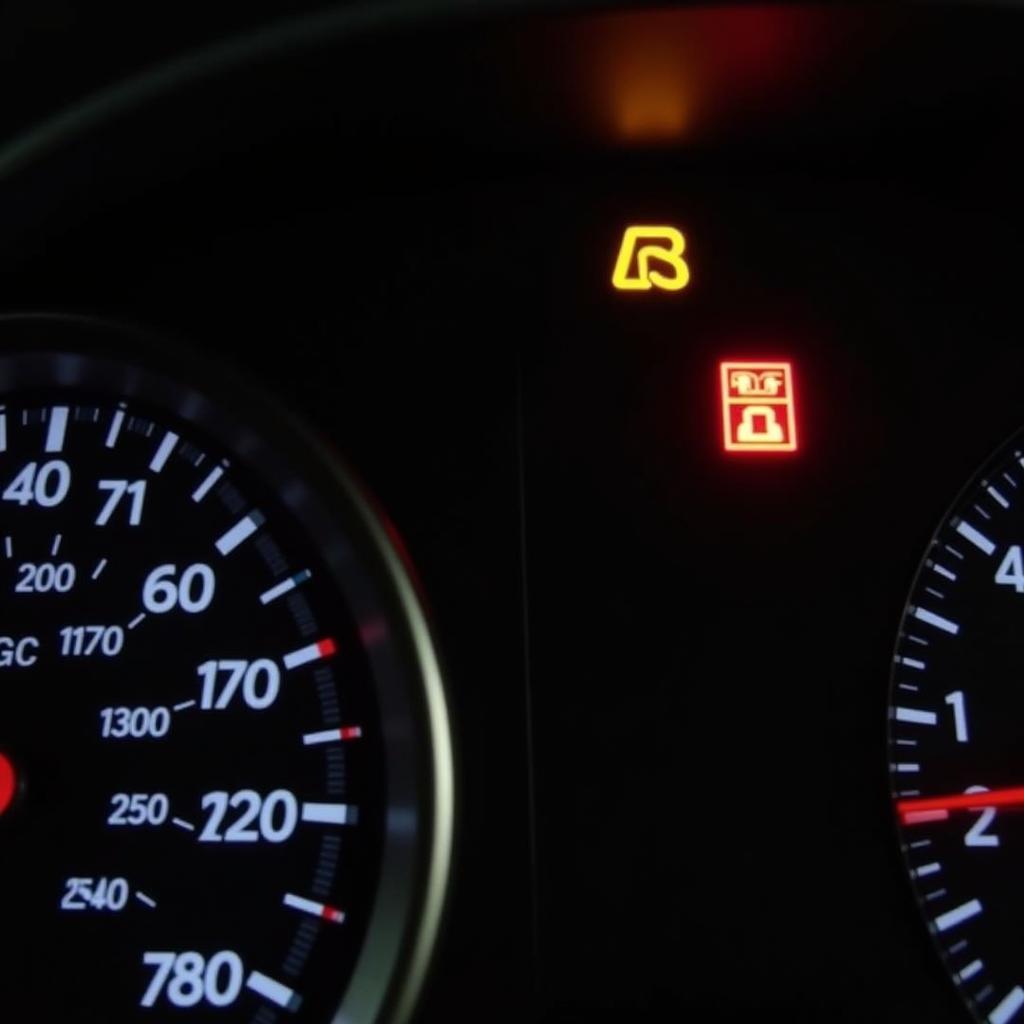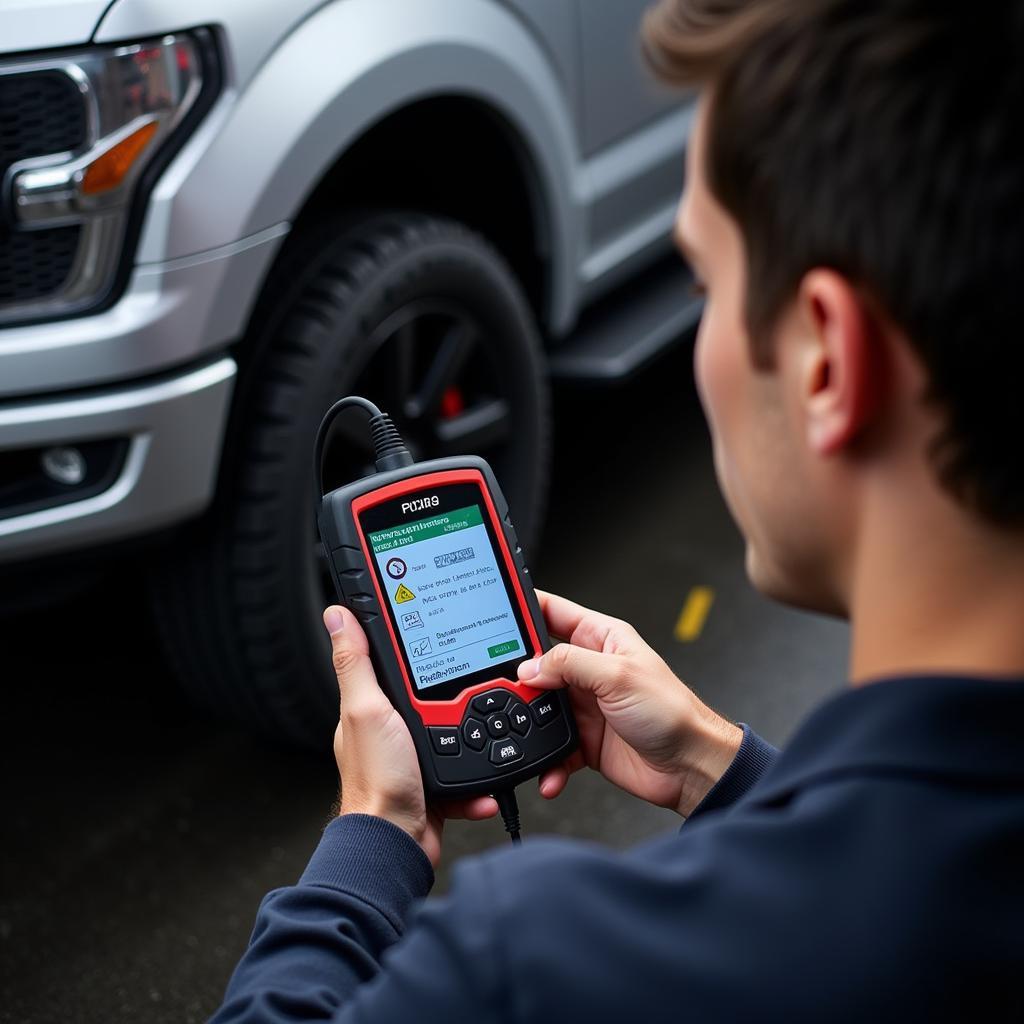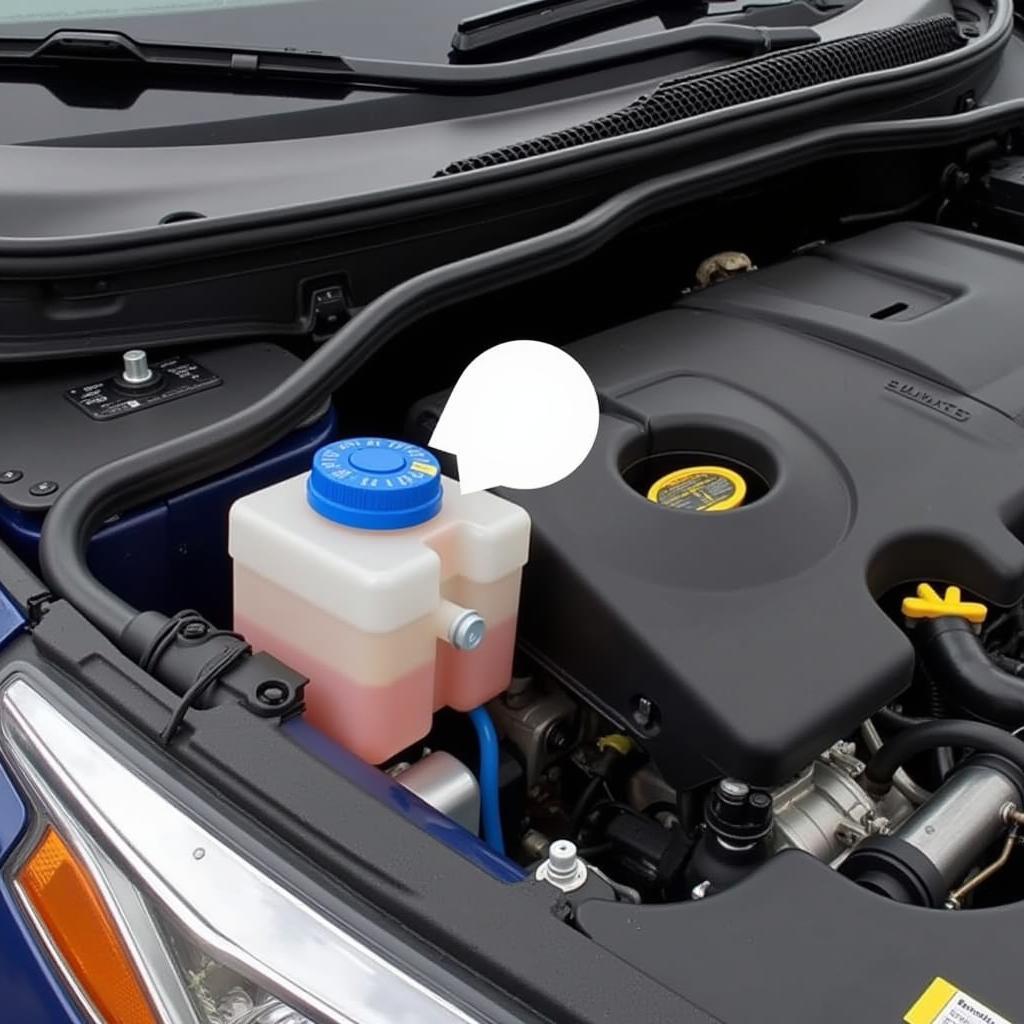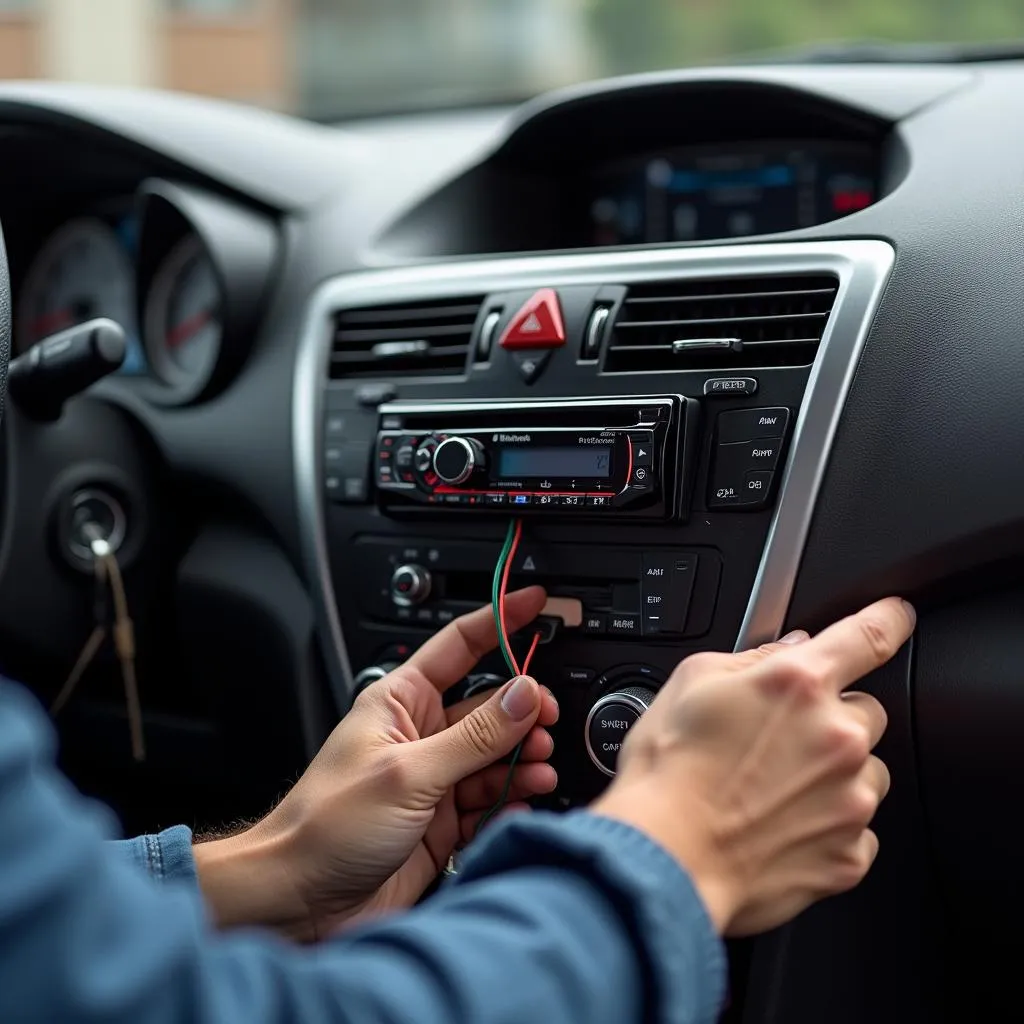A “warning tang brakes” message can be a jarring experience, leaving drivers unsure of the next step. This comprehensive guide delves into the common causes of this warning, diagnostic procedures, and potential solutions, empowering you to address the issue effectively. We’ll cover everything from simple checks to more complex software-related fixes.
Understanding the “Warning Tang Brakes” Message
The “warning tang brakes” message usually indicates a problem with the braking system, specifically related to the tangentially mounted brakes. While this type of brake system isn’t common in typical passenger vehicles, it’s prevalent in certain specialized applications, like high-performance vehicles or heavy-duty machinery. Seeing this warning signifies the need for immediate attention to ensure safe and reliable braking performance.
Common Causes of “Warning Tang Brakes”
Several factors can trigger a “warning tang brakes” warning. These range from simple mechanical issues to more complex electronic faults. Some of the most common causes include:
- Worn Brake Pads: Just like with conventional brakes, worn brake pads can trigger a warning. Tangential brakes rely on precise pad contact, so even slight wear can impact performance.
- Malfunctioning Sensors: Sensors monitor various parameters within the braking system. A faulty sensor can send erroneous signals, leading to the warning message even if the brakes are functioning correctly.
- Hydraulic System Issues: Leaks or low fluid levels in the hydraulic system can compromise braking performance and activate the warning.
- Electronic Control Unit (ECU) Problems: The ECU plays a crucial role in managing the braking system. A software glitch or hardware failure within the ECU can cause a “warning tang brakes” message.
- Wiring Harness Damage: Damaged or corroded wiring within the braking system can disrupt communication between components, leading to warning messages.
 Dashboard Warning Light Showing "Warning Tang Brakes"
Dashboard Warning Light Showing "Warning Tang Brakes"
Diagnosing the Problem
Diagnosing the root cause of the “warning tang brakes” message requires a systematic approach. Start with a visual inspection of the brake components, checking for any obvious signs of wear, damage, or leaks. Next, use a diagnostic scanner to read any stored fault codes within the braking system’s ECU. These codes can pinpoint the specific area of concern.
If the initial checks don’t reveal the problem, further investigation might be necessary. This could involve checking the hydraulic pressure, testing the sensors, or examining the wiring harness for damage.
 Technician Using a Diagnostic Scanner on Tangential Brakes
Technician Using a Diagnostic Scanner on Tangential Brakes
Solutions and Repairs
Once the cause of the warning is identified, appropriate repairs can be implemented. These could include:
- Replacing Worn Brake Pads: If worn brake pads are the culprit, replacing them is a straightforward solution.
- Repairing or Replacing Sensors: Faulty sensors should be repaired or replaced to ensure accurate readings.
- Addressing Hydraulic System Issues: Leaks in the hydraulic system must be addressed promptly. This might involve replacing seals, hoses, or other components. Low fluid levels should be topped up with the correct brake fluid.
- ECU Reprogramming or Replacement: Software glitches within the ECU can sometimes be resolved through reprogramming. In cases of hardware failure, the ECU might need to be replaced.
- Repairing or Replacing the Wiring Harness: Damaged wiring should be repaired or replaced to restore proper communication within the braking system.
2 autonomous drive active lane control and traffic-sign recognition mazda
Remote Diagnostics and Software Solutions
In certain situations, remote diagnostics and software solutions can be employed to address the “warning tang brakes” issue. These methods involve connecting to the vehicle’s ECU remotely to perform diagnostics, reprogram the software, or even install updates. This can be particularly useful for addressing software-related problems without needing physical access to the vehicle.
“Remote diagnostics offer significant advantages in terms of efficiency and convenience,” says automotive diagnostics expert, Dr. Amelia Hernandez. “They allow for faster problem resolution and minimize downtime for the vehicle owner.”
Conclusion
Addressing a “warning tang brakes” message promptly is crucial for safe and reliable vehicle operation. By understanding the potential causes, utilizing appropriate diagnostic procedures, and implementing the right solutions, you can effectively resolve the issue and ensure your braking system functions optimally. Remember to consult a qualified technician if you’re unsure about any aspect of the diagnostic or repair process.
FAQ
- What does “warning tang brakes” mean? It indicates a problem with the tangentially mounted brakes, requiring immediate attention.
- What are the common causes of this warning? Worn brake pads, faulty sensors, hydraulic system issues, ECU problems, and wiring harness damage are common causes.
- How can I diagnose the problem? Start with a visual inspection, then use a diagnostic scanner to read fault codes. Further investigation might be needed for complex issues.
- What are the possible solutions? Solutions can range from replacing brake pads and sensors to addressing hydraulic system issues, ECU reprogramming, or wiring harness repairs.
- Can remote diagnostics help? Yes, remote diagnostics and software solutions can be used for diagnosing, reprogramming, and updating the braking system remotely.
- Is it safe to drive with this warning? No, it’s not recommended to drive with the “warning tang brakes” message. Have the issue addressed promptly.
- Who should I contact for repairs? Consult a qualified technician specialized in tangential brake systems for diagnosis and repairs.


